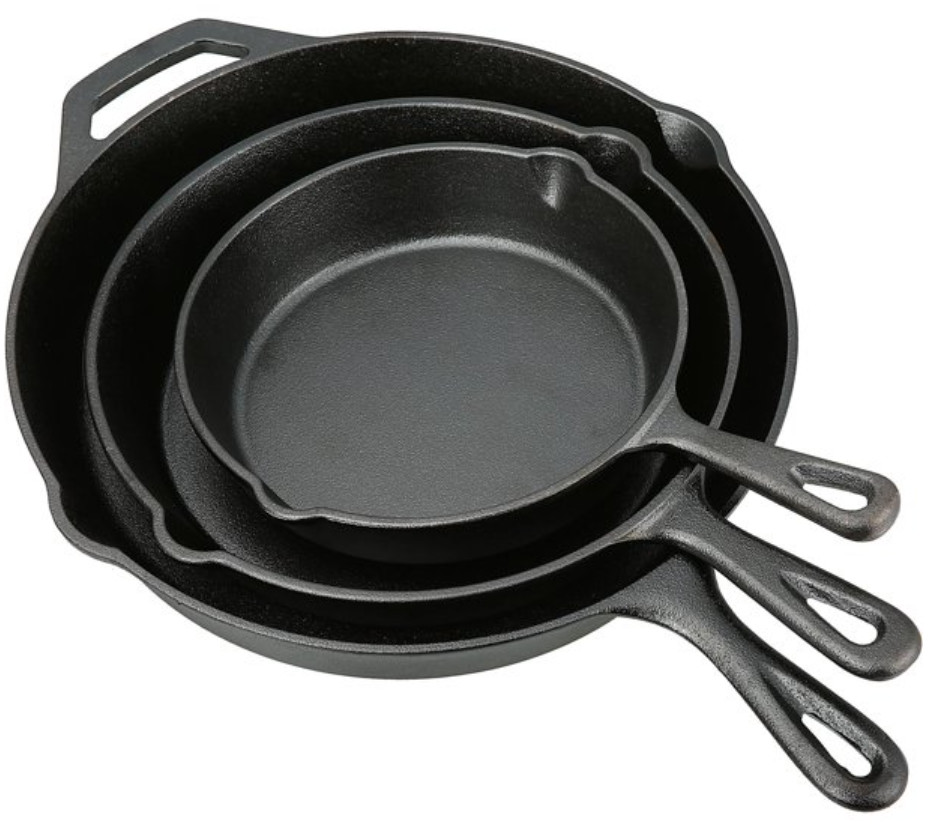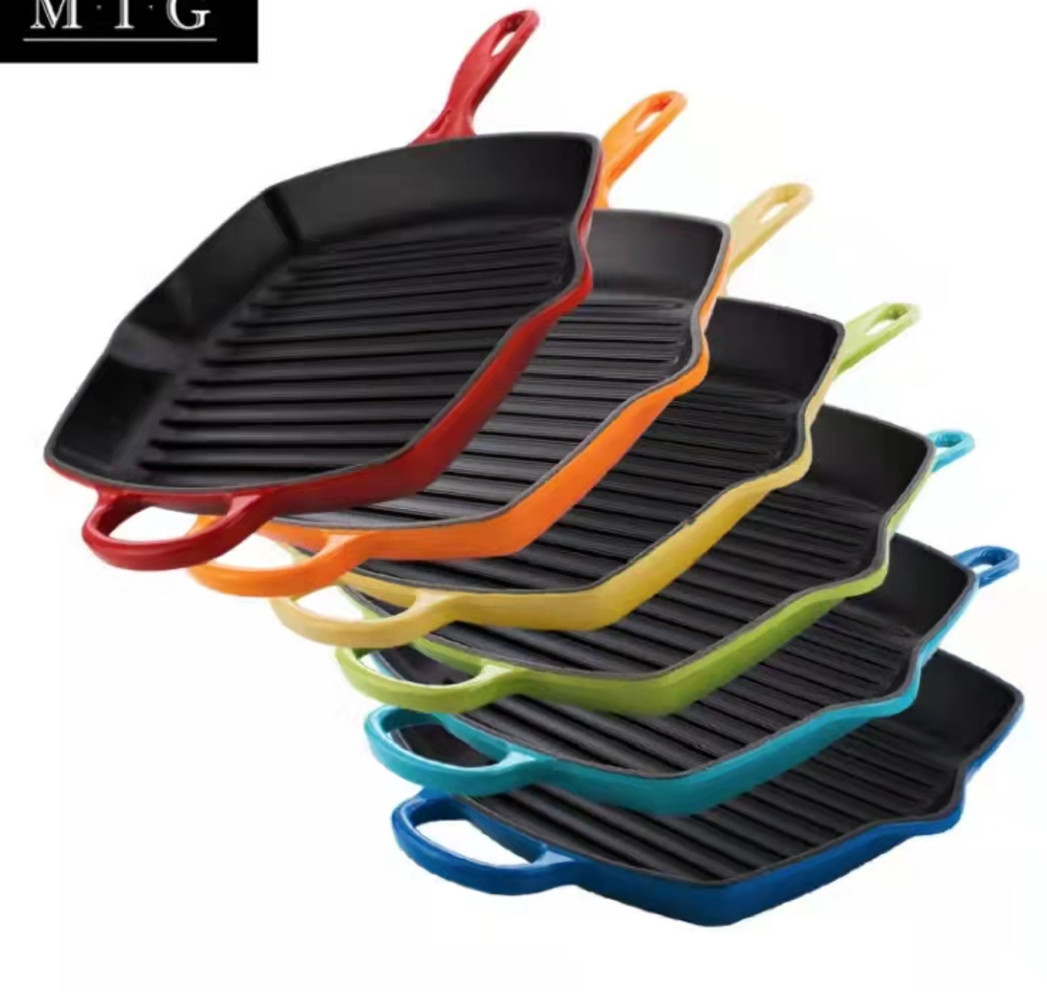- 150m Ke arah Selatan, Jalan DingWei Barat, Kampung Nanlou, Bandar Changan, Kawasan GaoCheng, Shijiazhuang, Hebei, China
- monica@foundryasia.com
Jun . 12, 2023 18:48 Kembali kepada senarai
APA ITU PERANGKAT MASAK BESI TUANG
Apakah alat memasak besi tuang:
Alat memasak besi tuang ialah alat memasak tugas berat yang diperbuat daripada besi tuang dihargai kerana pengekalan haba, ketahanan, keupayaan untuk digunakan pada suhu yang sangat tinggi dan memasak tidak melekat apabila dibumbui dengan betul.
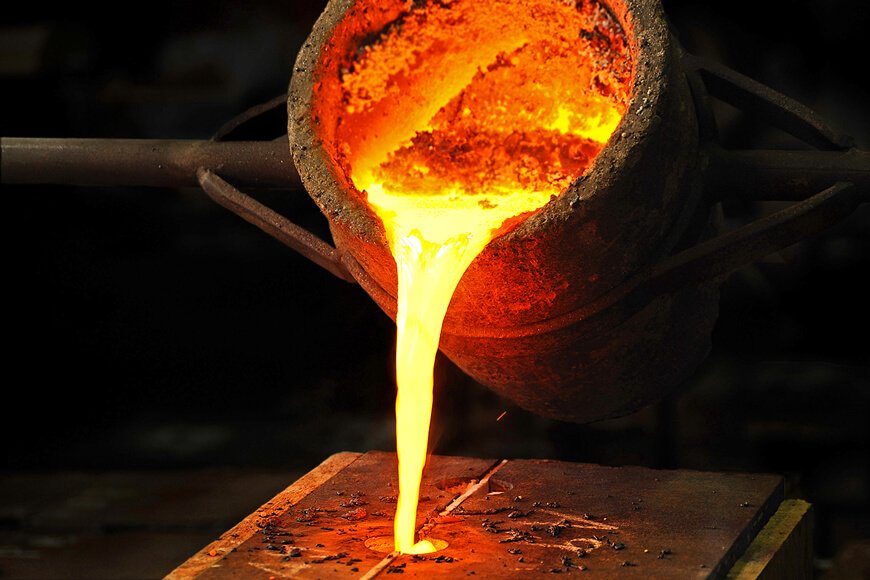
Sejarah alat memasak besi tuang
In Asia, particularly China, India, Korea and Japan, there is a long history of cooking with cast iron vessels. The first mention of a cast-iron kettle in English appeared in 679 or 680, though this wasn't the first use of metal vessels for cooking. The term pot came into use in 1180. Both terms referred to a vessel capable of withstanding the direct heat of a fire. Cast-iron cauldrons and cooking pots were valued as kitchen items for their durability and their ability to retain heat evenly, thus improving the quality of cooked meals.
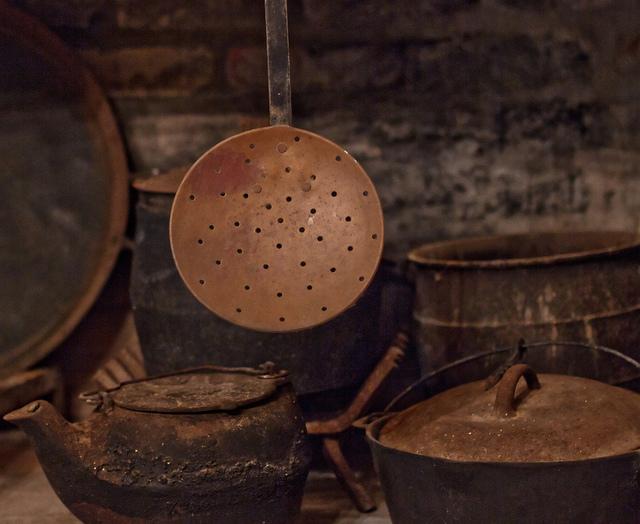
Di Eropah dan Amerika Syarikat, sebelum pengenalan dapur dapur pada pertengahan abad ke-19, makanan telah dimasak di dalam perapian, dan periuk dan kuali memasak sama ada direka untuk digunakan di dalam perapian, atau untuk digantung di dalamnya.
Cast-iron pots were made with handles to allow them to be hung over a fire, or with legs so that they could stand in the coals. In addition to Dutch ovens with three or four feet, which Abraham Darby I secured a patent in 1708 to produce, a commonly used cast-iron cooking pan called a spider had a handle and three legs allowing it to stand upright over campfires as well as in the coals and ashes of a fireplace.
Periuk dan kuali memasak dengan bahagian bawah rata tanpa kaki mula digunakan apabila dapur memasak menjadi popular; tempoh akhir abad ke-19 ini menyaksikan pengenalan rumah pangsa
cast-iron skillet.
Alat memasak besi tuang sangat popular di kalangan suri rumah pada separuh pertama abad ke-20. Ia adalah alat memasak yang murah tetapi tahan lama. Kebanyakan isi rumah Amerika mempunyai sekurang-kurangnya satu kuali besi tuang.
Abad ke-20 juga menyaksikan pengenalan dan mempopularkan alat memasak besi tuang bersalut enamel.
Today, of the large selection of cookware that can be purchased from kitchen suppliers, cast iron comprises only a small fraction. However, the durability and reliability of cast iron as a cooking tool has ensured its survival. Cast-iron pots and pans from the 19th and 20th century continue to see daily use to the present day. They are also highly sought after by antique collectors and dealers. Cast iron has also seen a resurgence of its popularity in specialty markets. Through cooking shows, celebrity chefs have brought renewed attention to traditional cooking methods, especially the use of cast iron.
Produk penting
Jenis alat memasak besi tuang termasuk kuali, ketuhar Belanda, griddle, seterika wafel, penekan panini, penggoreng dalam, kuali, fondu dan potjie.
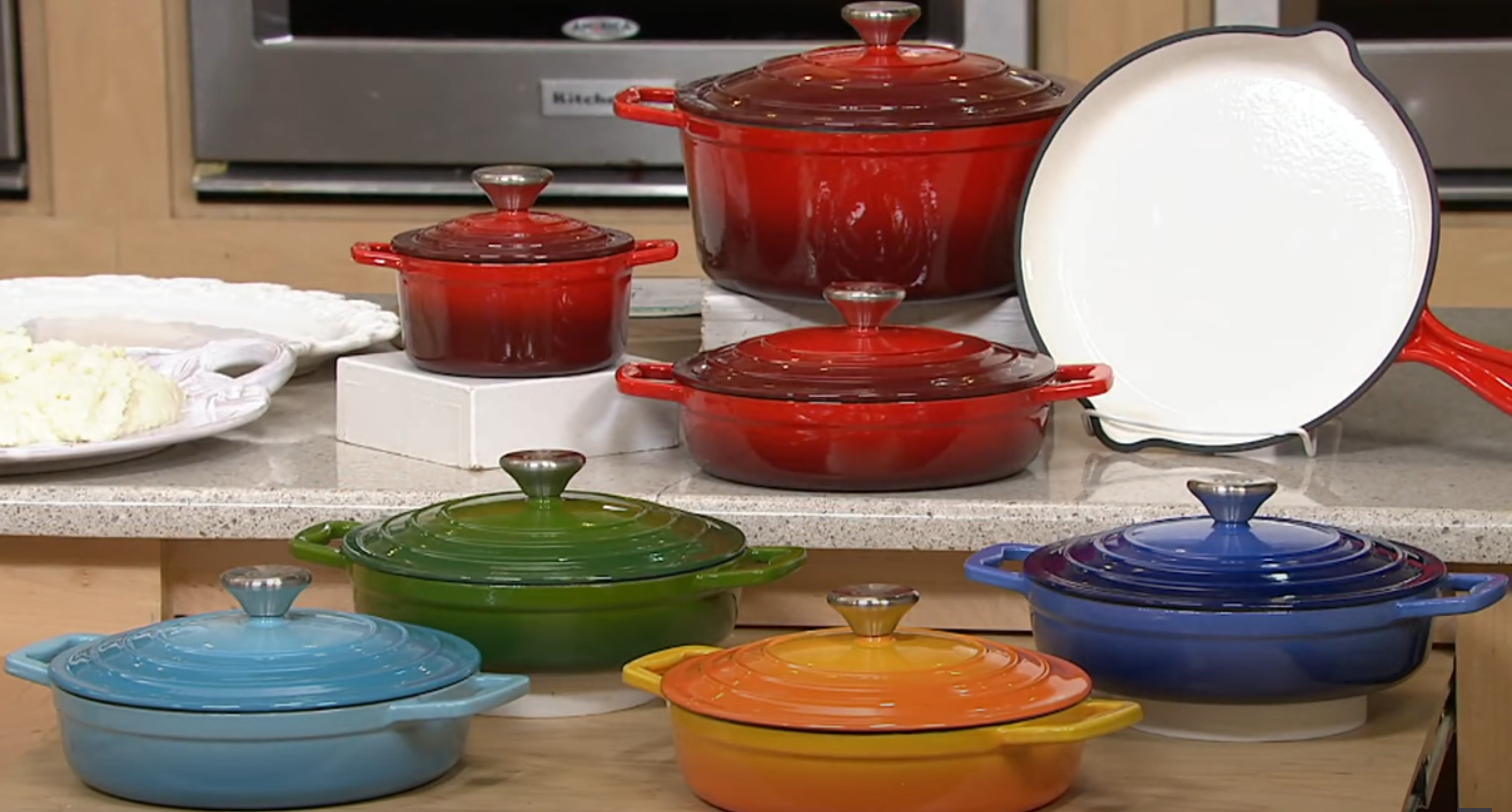
Faedah alat memasak besi tuang
Cast iron's ability to withstand and maintain very high cooking temperatures makes it a common choice for searing or frying, and its excellent heat retention makes it a good option for long-cooking stews or braised dishes.
Because cast-iron skillets can develop a "non-stick" surface when cared for properly, they are excellent for frying potatoes or preparing stir-fries. Some cooks consider cast iron a good choice for egg dishes, while others feel the iron adds an off-flavor to eggs. Other uses of cast-iron pans include baking, for instance for making cornbread, cobblers and cakes.
Many recipes call for the use of a cast-iron skillet or pot, especially so that the dish can be initially seared or fried on the stovetop then transferred into the oven, pan and all, to finish baking. Likewise, cast-iron skillets can double as baking dishes. This differs from many other cooking pots, which have varying components that may be damaged by the excessive temperatures of 400 °F (204 °C) or more.
-
Product introduction of Changan Cast Iron Co., LTD
BeritaJan.24,2024
-
The Impact of the Leidenfrost Effect on Non-Stick Properties of Cast Iron Titanium Coated Cookware
BeritaJan.24,2024
-
Meneroka Jurang Masakan——Kaserol Besi Tuang lwn Kaserol Biasa
BeritaJan.03,2024
-
Bengkel Pembungkusan Disusun Semula dengan Rak dan Penyimpanan 3D untuk Barangan
Berita29 Dis.2023
-
Membersihkan periuk enamel besi tuang terpakai boleh dilakukan dengan berkesan dengan langkah-langkah berikut:
Berita27 Dis.2023
-
Struktur Metalografi untuk enamel pada besi tuang
Berita27 Dis.2023
